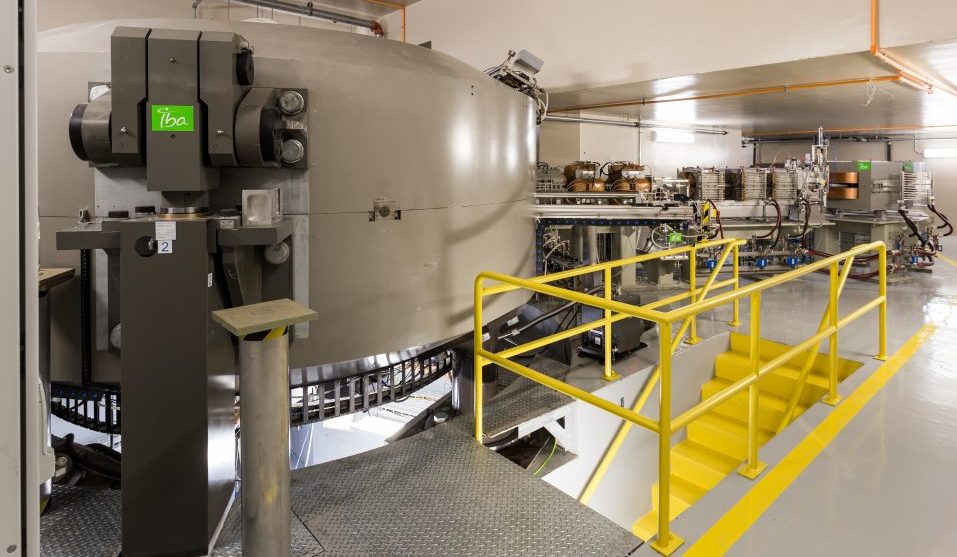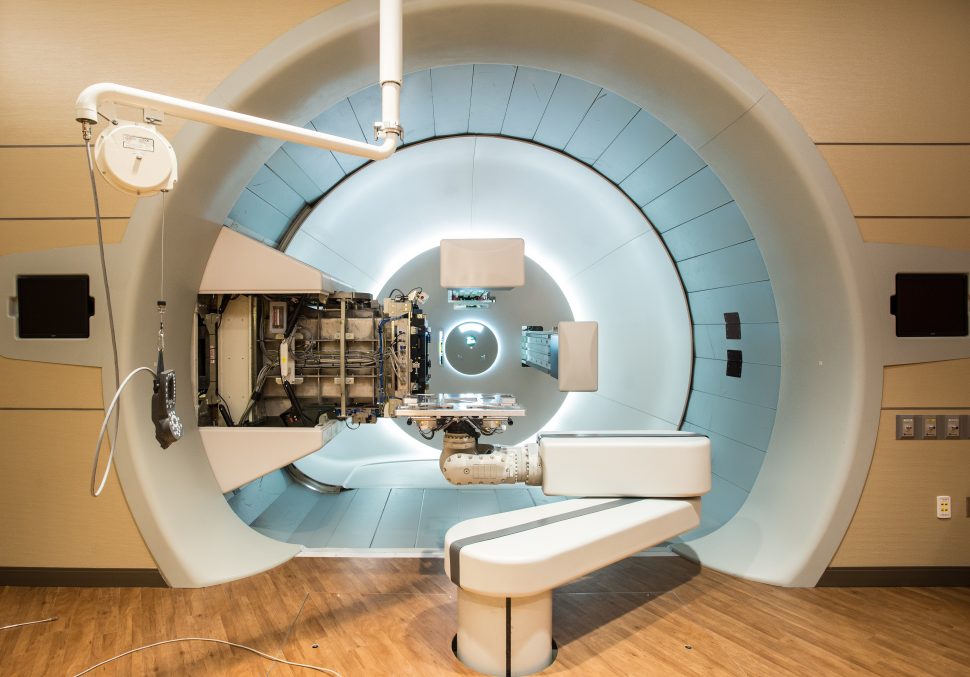Structural engineering firm Walter P Moore was recognized recently for its work on the Texas Center for Proton Therapy.
The 63,000-square-foot Las Colinas facility opened in November 2015 and provides innovative cancer treatment using proton therapy technology, an advanced form of radiation treatment that precisely targets cancer cells while minimizing damage to nearby healthy tissue. It is one of just 25 proton therapy centers operating in the U.S.

Vicki Ford
The American Council of Engineering Companies Texas Chapter (ACEC Texas) honored the engineering firm with the Eminent Conceptor Award for Engineering Excellence — the highest engineering honor in Texas. Vicki Ford, from Walter P Moore’s Dallas office was project manager. The award is based on uniqueness, originality, value to the engineering profession, complexity, and success in meeting the needs of the client.
DEMANDING CRITERIA FOR PROTON THERAPY
Walter P Moore creatively overcame a number of challenges to meet the demanding and very specific criteria for the facility and was recognized for developing an innovative, high-performing hybrid foundation system, and for serving as a “fulcrum” between the technical requirements of the physicist and equipment suppliers and the practical requirements of the builder.
PINPOINT ACCURACY
Proton beams must be delivered with pinpoint accuracy, which depends largely on the ability of the structural engineer to create a highly stable support structure. The firm studied a proton therapy center forced out of operation and concluded that long-term creep movements in the foundations had shifted the beam line of the cyclotron out of tolerance, rendering the equipment useless.
The firm’s structural engineers collaborated with a geotechnical engineer to develop a hybrid mat-on-pier foundation to provide a highly stable base.
The firm’s structural engineers collaborated with a geotechnical engineer to develop a hybrid mat-on-pier foundation to provide a highly stable base.
“Due to their expansive knowledge and collaborative mindset, they were able to complete the design in a very short time frame without sacrificing accuracy or quality,” said Jay Armand, director and real estate project executive at McKesson Corp., the center’s owner.
Walter P Moore also was awarded a gold medal in the structural systems category for the TCPT. CallisonRTKL (Dallas) served as the architect, and Linbeck (Fort Worth) served as the general contractor.
The facility contains a 220-ton cyclotron (a massive magnet-packed particle accelerator), two isocentric gantry treatment rooms, each containing a 30-foot tall, 110-ton machine that rotates to enable pinpoint accuracy in treating tumors, as well as a fixed-beam treatment room.
Prior to its opening, cancer patients seeking proton therapy had to travel to Houston or Oklahoma City, and daily treatments, often for a period of five to eight weeks, made that prospect difficult.
Since opening, the center has attracted worldwide attention. It hosted the annual IBA Proteus Users Meeting in March where 160 physicians, physicists, and proton therapy experts from 20 countries gathered to tour TCPT’s cancer center to learn about the proton-based care it provides.
PHOTO GALLERY
Walter P Moore had to overcome a number of challenges to meet the demanding and very specific criteria for the Texas Center for Proton Therapy facility.

The center uses protons and advanced technology to precisely treat cancer.

Proton therapy uses a cyclotron to extract and accelerate protons.

The proton beam receives rigorous testing for precise delivery.

A 110-ton, three-story gantry rotates 360 degrees to deliver treatment.

Protons travel down this 143-foot beamline to a treatment room. [ Photos: Texas Center for Proton Therapy ]
Photos: Texas Center for Proton Therapy
































